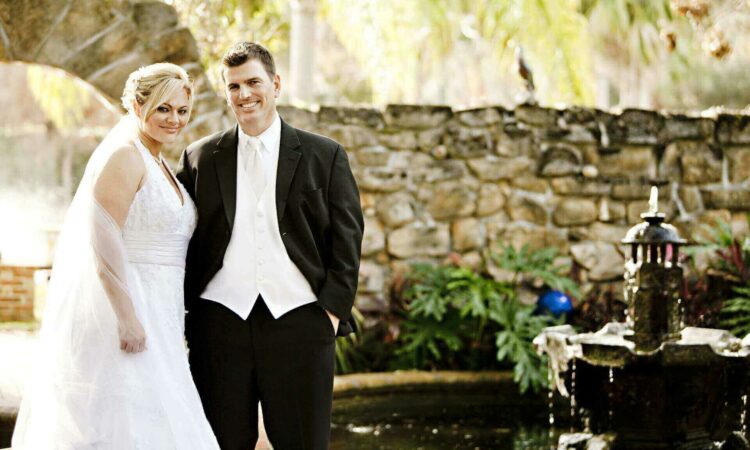Marriage, also called matrimony or wedlock, is a socially or ritually recognized union between spouses that establishes rights and obligations between them, between them and their children, and between them and their in-laws.The definition of marriage varies according to different cultures, but it is principally an institution in which interpersonal relationships, usually sexual, are acknowledged. In some cultures, marriage is recommended or considered to be compulsory before pursuing any sexual activity. When defined broadly, marriage is considered a cultural universal.
Individuals may marry for several reasons, including legal, social, libidinal, emotional, financial, spiritual, and religious purposes. Whom they marry may be influenced by socially determined rules of incest, prescriptive marriage rules, parental choice and individual desire. In some areas of the world, arranged marriage, child marriage, polygamy, and sometimes forced marriage, may be practiced as a cultural tradition. Conversely, such practices may be outlawed and penalized in parts of the world out of concerns for women’s rights and because of international law. In developed parts of the world, there has been a general trend towards ensuring equal rights within marriage for women and legally recognizing the marriages of interfaith or interracial, and same-sex couples. These trends coincide with the broader human rights movement.
Marriage can be recognized by a state, an organization, a religious authority, a tribal group, a local community or peers. It is often viewed as a contract. Civil marriage, which does not exist in some countries, is marriage without religious content carried out by a government institution in accordance with the marriage laws of the jurisdiction, and recognised as creating the rights and obligations intrinsic to matrimony. Marriages can be performed in a secular civil ceremony or in a religious setting via a wedding ceremony. The act of marriage usually creates normative or legal obligations between the individuals involved, and any offspring they may produce. In terms of legal recognition, most sovereign states and other jurisdictions limit marriage to opposite-sex couples and a diminishing number of these permit polygyny, child marriages, and forced marriages. Over the twentieth century, a growing number of countries and other jurisdictions have lifted bans on and have established legal recognition for interracial marriage, interfaith marriage, and most recently, gender-neutral marriage. Some cultures allow the dissolution of marriage through divorce or annulment. In some areas, child marriages and polygamy may occur in spite of national laws against the practice.
Since the late twentieth century, major social changes in Western countries have led to changes in the demographics of marriage, with the age of first marriage increasing, fewer people marrying, and more couples choosing to cohabit rather than marry. For example, the number of marriages in Europe decreased by 30% from 1975 to 2005.

